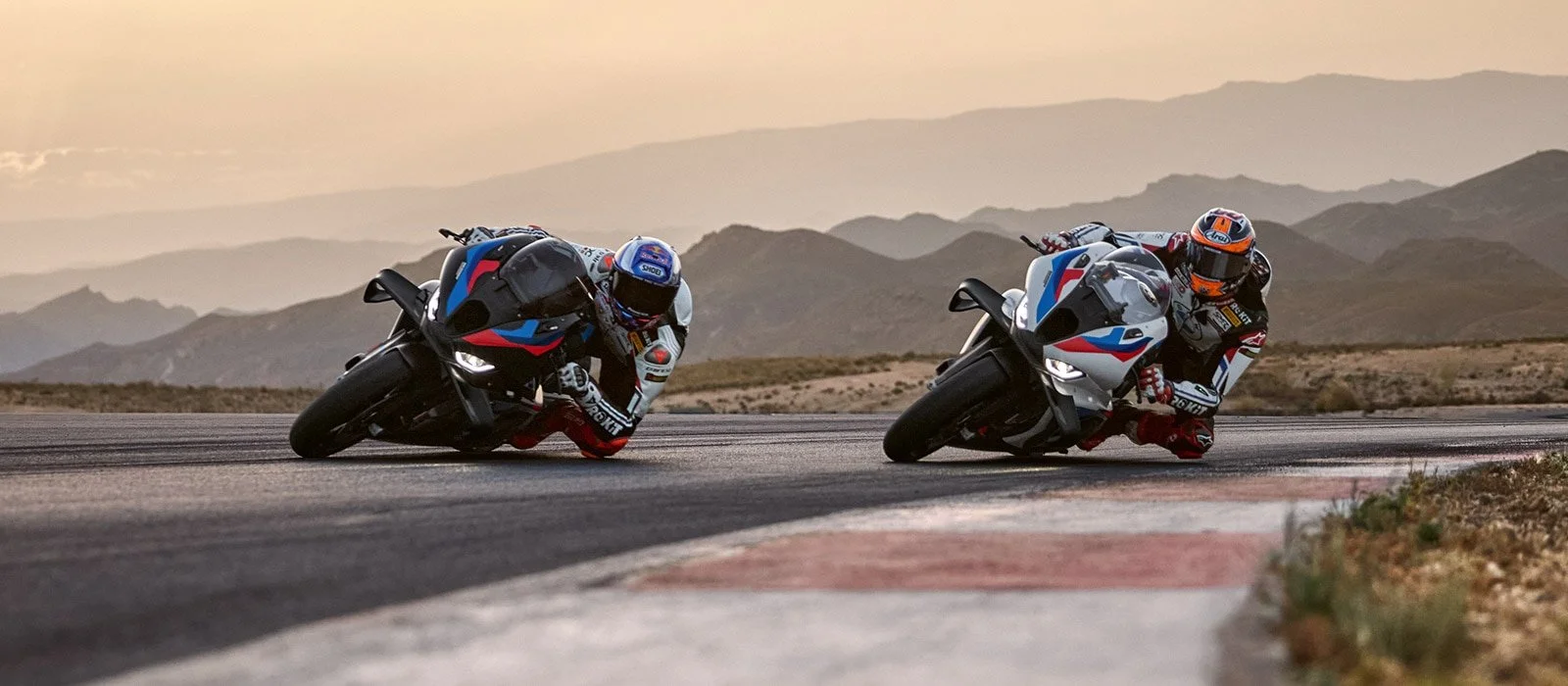Built for Speed. Made for Feel.
The thought first hit me on a cool autumn day, reminiscing about a recent motorcycle ride on an M1000R. I’ll admit, it’s one of a few bikes I’m fortunate enough to own, but this one is different. There’s something humbling about riding a machine that BMW engineered for pure speed – it pulls you in, challenging you to see just how fast you can go. But here’s the catch: it’s not the speed that makes this bike special. It’s the feel – that perfect responsiveness, that fine-tuned control that lets you flow with the road rather than fight against it.
And, as I was reflecting on that exhilirating ride, it struck me: that interplay between speed and feel is a lot like the balance we strive for in life and work. We’re constantly told to go faster, achieve more, hit targets sooner. But, like riding that machine, speed alone can’t get us there. The real magic – whether on the road, in the workplace, or in our personal growth – lies in the balance. As the old adage goes, “slow is smooth, and smooth is fast.” When we combine speed with control, we don’t just perform better; we find a rhythm that’s surprisingly sustainable.
Speed Alone is an Illusion
On the surface, speed seems like the answer. In business and life, we often think more and faster will get us ahead. But without feel – that intuitive, steady presence – speed quickly loses its allure. Think of trying to fly down a winding road without reading the curves. Speed alone becomes chaotic without the control that feel brings.
Behavior change works in much the same way. We all know the urge to jump headlong into a new habit or routine. Maybe you decide to overhaul your fitness or take on a new work project with sheer force. But change that’s driven by speed alone usually fizzles out. Lasting progress happens when we learn to pace ourselves, sense what’s needed, and adjust as we go while working with a better understanding of the resistance to change we experience.
Feel: The Underappreciated Hero
Feel is the unsung hero in any high-performance setting. It’s that subtle, almost intangible connection a rider has with the road. Feel keeps us grounded and responsive when we’re pushing forward. It’s the skill of sensing when to ease up, when to lean in, and when to give it the beans.
In the context of personal growth, feel is patience, adaptability, and self-awareness – qualities that, oddly enough, allow us to make the best use of our speed. For someone trying to make a meaningful change, feel might look like the patience to start small, the insight to course-correct, or the awareness to recognize when it’s time to pull back. Like gliding through the turns, feel is what allows for smooth, sustained momentum.
The Balance: Slow is Smooth, and Smooth is Fast
When we truly integrate speed with feel, we unlock a deeper level of performance. There’s a reason racers say, “slow is smooth, and smooth is fast.” It’s about moving intentionally, with an awareness of the road ahead. In a world obsessed with speed, this can feel counterintuitive. But whether we’re talking motorcycles or major life changes, moving too quickly without control can lead to, well, not what we wanted. A well-paced rhythm may feel “slow,” but so does being in the flow, and it ultimately brings us to our goals with fewer stops along the way.
In work and in life, we face endless pressures to go faster and do more. But speed without feel leads to mistakes, while feel without speed leads to stagnation. The real magic is in their combination, where we find momentum that’s not only effective but enjoyable. The jetstream.
Built for Speed. Made for Feel.
Like high-performance machines, we too are instruments built for speed and made for feel. Speed gets us going, but feel keeps us grounded, letting us navigate the twists and turns with presence and precision. When we embrace both, we’re not just faster – we’re more resilient, intentional, and even more joyful.
“Knowing others is intelligence; knowing yourself is true wisdom.
Mastering others is strength; mastering yourself is true power.”
– Lao Tzu

